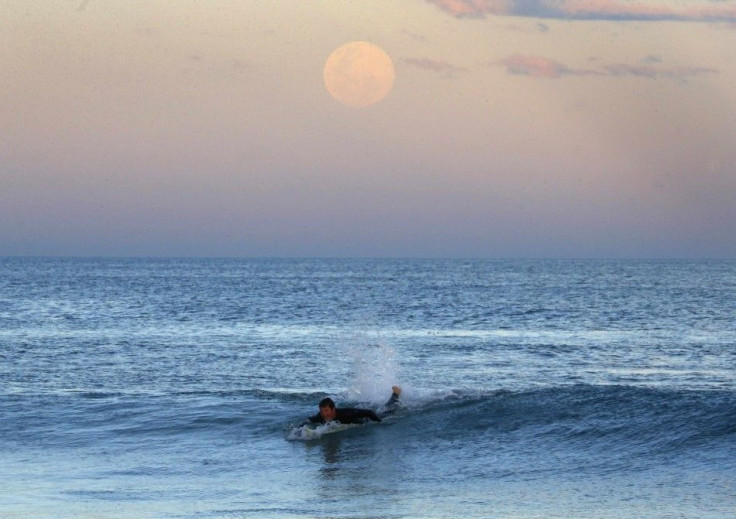'Green Alien Eggs' Spotted on Sydney's Dee Why Beach

Scientists were baffled after seeing hundreds of unidentified green balls on the shore of Sydney's Dee Why Beach. Locals were reportedly surprised to see the floating objects washed ashore and wondered if they were "green, furry balls" or "alien eggs."
In a report by the Daily Telegraph, Dee Why Surf Life Saving Club patrol member Rae-Maree Hutton said she noticed the green and round objects while she was doing her morning walk. She refused to touch one of the green balls since she was worried about getting stung. However, she used her foot to poke one of the objects which felt "like a sponge."
Jenny Zhang, a resident in Narraweena, remarked that she too walked the beach daily but did not see anything like the green eggs. She had noticed the appearance of a few green, egg-shaped balls a few days before, but she observed that the objects had grown in size and number. She tried to do some research on the Internet but found nothing. Zhang speculated that the balls may be covered with Japanese moss or probably seaweed.
The appearance of the "green alien eggs" followed the sighting of small bioluminescent marine animals that caused beaches in Newport to turn blue in August. Photographers and locals captured images of eerie and glowing blue waves. Dr Luke Hedge from the Sydney Institute of Marine Sciences said the blue light came from a group of small animals in the sea. He said bioluminescence is common in marine animals even in fish. The scientist pointed to dinoflagellates as the cause of blue waves. The sea animals' state of health may be the reason why they seemed to glow in great numbers on northern beaches, reports said.
According to a scientist from the University of NSW in Sydney, the green balls may be a rare type of green algae. Associate professor Alistair Poore said dead sea grass can roll into round objects.
He said he has seen other things that look like "underwater tumbleweeds" composed of dead material. However, the green balls on Sydney beach are made of living material. He explained that the act of turning into a ball is known as "aegagropilious" in which the algae exists freely and forms into "spherical balls."





















